The American Revolution was dramatic, gritty, and full of uncertainty- an era of unparalleled political and social upheaval, even by today’s standards. Museum visitors are invited to explore this rich and complicated era and its connections to our world today. Located just steps away from Independence Hall, the Museum serves as a portal to the region’s many Revolutionary sites, sparking interest, providing context, and encouraging exploration.
HIGHLIGHTS INCLUDE
- Two-day admission
- Introductory film, available in English and Mandarin, exploring the drama of the American Revolution
- Audio tours highlighting key artifacts and stories in our galleries are available in English and Spanish. Select this option if you wish to reserve a sanitized, Museum-issued wand.
- Printed museum maps and guides available in English, Spanish, French, German, Mandarin, and Japanese.
- Museum shop featuring unique gifts, books, and artifact reproductions.
New York City
Explore
 Unique Activities
Unique Activities
 Transfers & Transportation
Transfers & Transportation
 Tours, Sightseeing & Cruises
Tours, Sightseeing & Cruises
 Entry Tickets
Entry Tickets
 Sporting Events
Sporting Events
 Good for Small Groups
Good for Small Groups
 Seasonal & Holiday Tours
Seasonal & Holiday Tours
 Walking Tours
Walking Tours
 Outdoor Activities
Outdoor Activities
 Limitied Availability Tours
Limitied Availability Tours
 LGBT Friendly Tours
LGBT Friendly Tours
 Family-friendly Activities
Family-friendly Activities
 Solo Travelers' Tours
Solo Travelers' Tours
 Food & Drinks
Food & Drinks
 Travelers recommend
Travelers recommend
 Good for Groups
Good for Groups
 Top Activities
Top Activities
 Guided Audio Tours
Guided Audio Tours
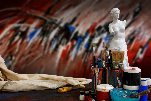 Art, Culture & History
Art, Culture & History
 Attractions to explore
Attractions to explore
 Unique Activities
Unique Activities
 Transfers & Transportation
Transfers & Transportation
 Tours, Sightseeing & Cruises
Tours, Sightseeing & Cruises
 Entry Tickets
Entry Tickets
 Sporting Events
Sporting Events
 Good for Small Groups
Good for Small Groups
 Seasonal & Holiday Tours
Seasonal & Holiday Tours
 Walking Tours
Walking Tours
 Outdoor Activities
Outdoor Activities
 Limitied Availability Tours
Limitied Availability Tours
 LGBT Friendly Tours
LGBT Friendly Tours
 Family-friendly Activities
Family-friendly Activities
 Solo Travelers' Tours
Solo Travelers' Tours
 Food & Drinks
Food & Drinks
 Travelers recommend
Travelers recommend
 Good for Groups
Good for Groups
 Top Activities
Top Activities
 Guided Audio Tours
Guided Audio Tours
 Art, Culture & History
Art, Culture & History
 Attractions to explore
Attractions to explore




 en
en
 Russian
Russian
 French
French
 Polish
Polish
 Ukrainian
Ukrainian
 Serbian
Serbian
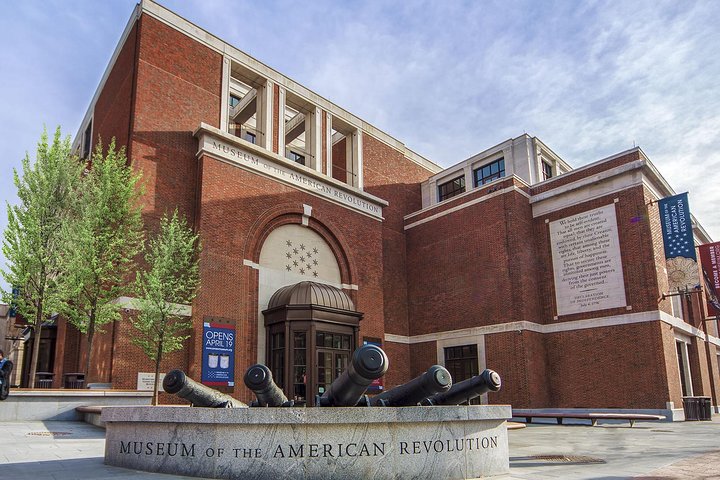
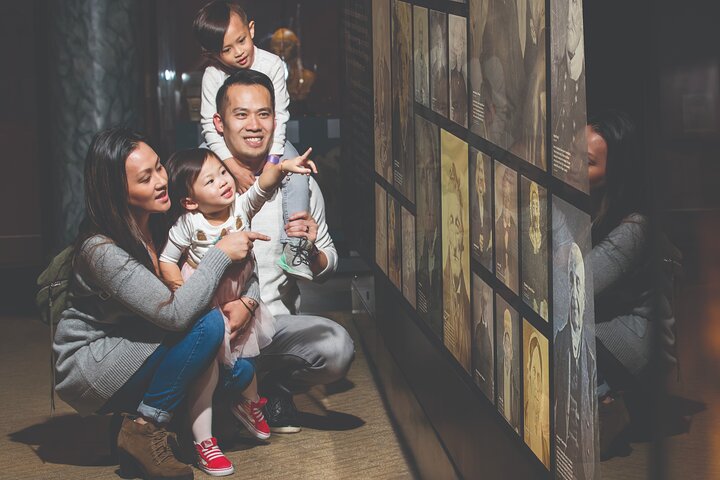
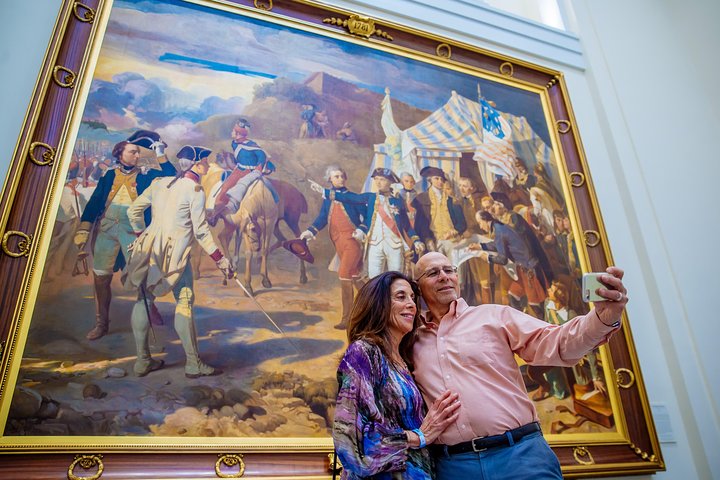
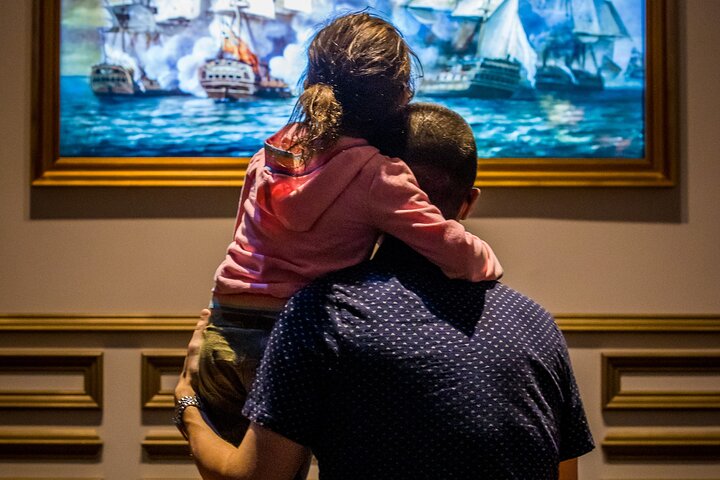
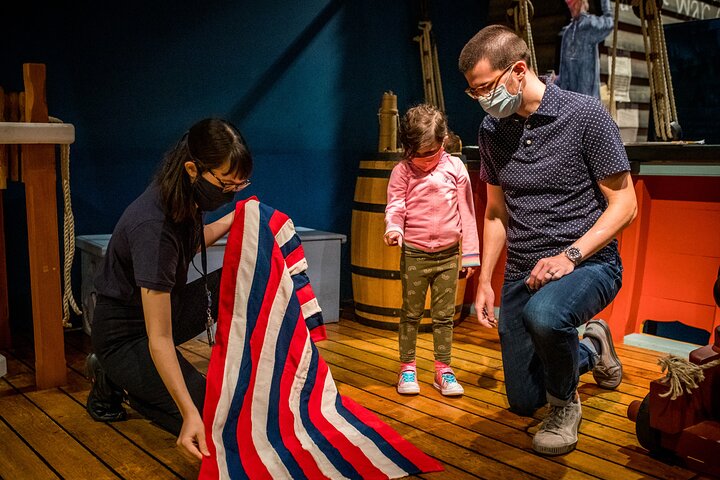
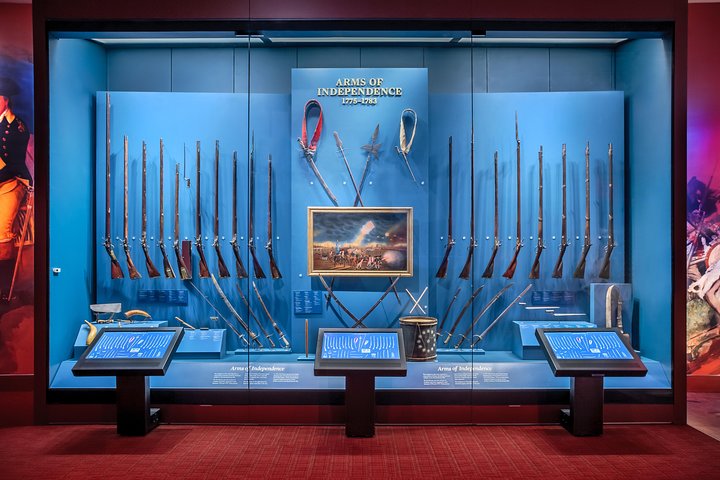
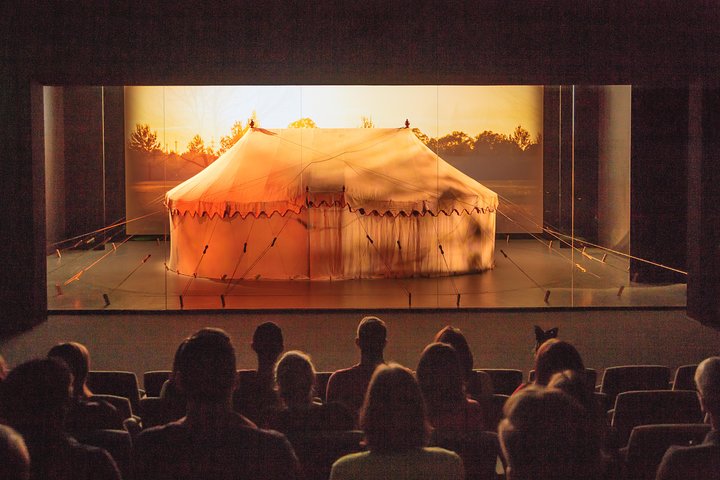
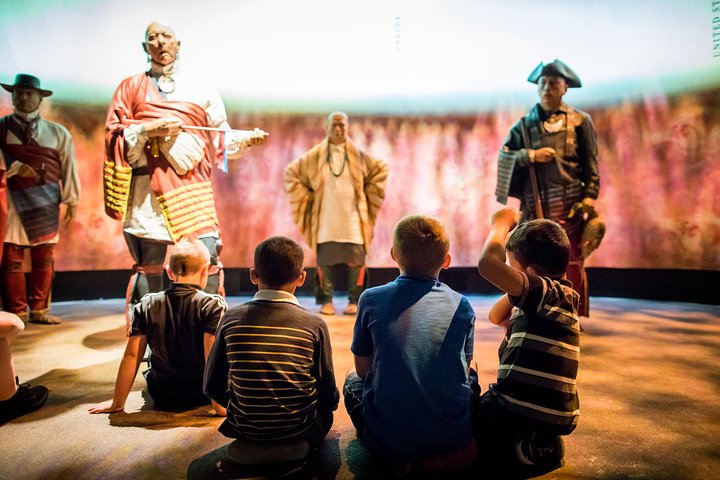
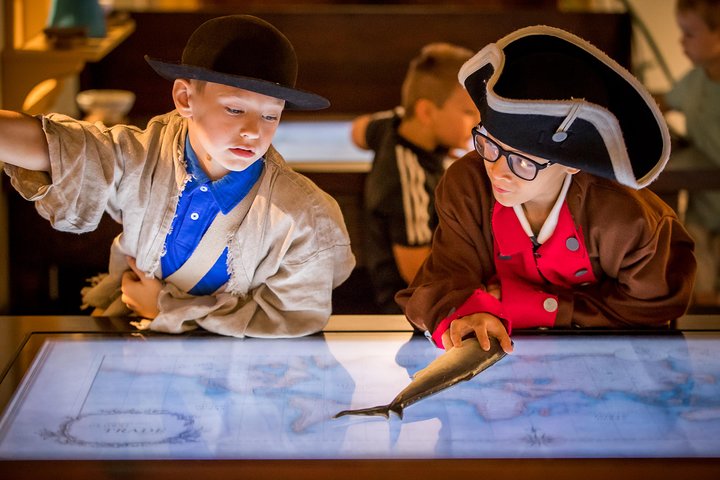
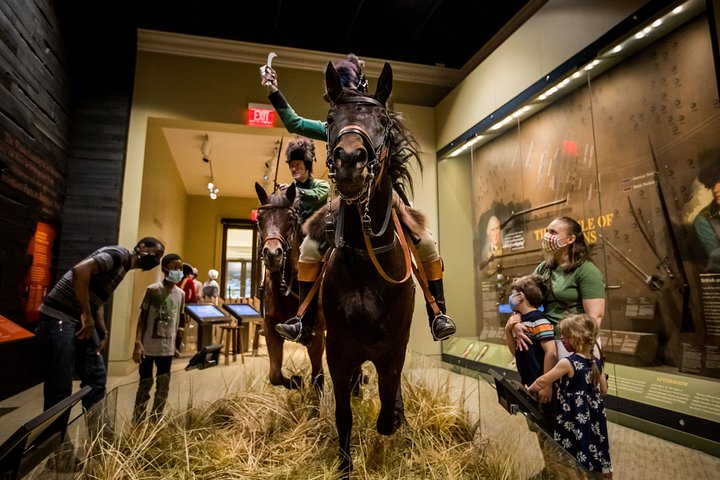
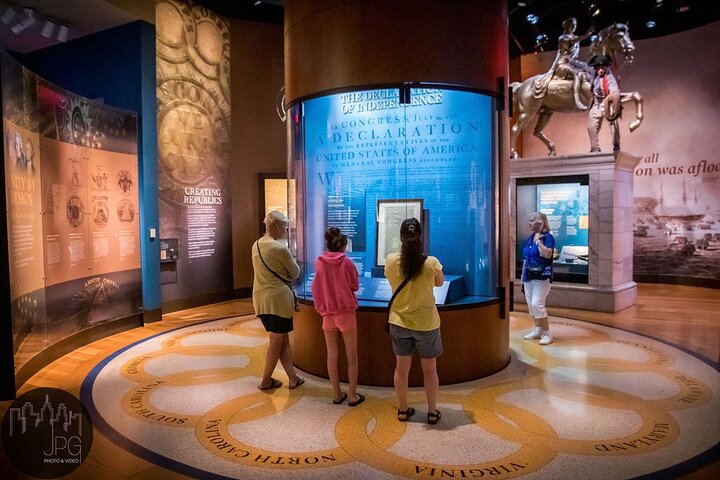
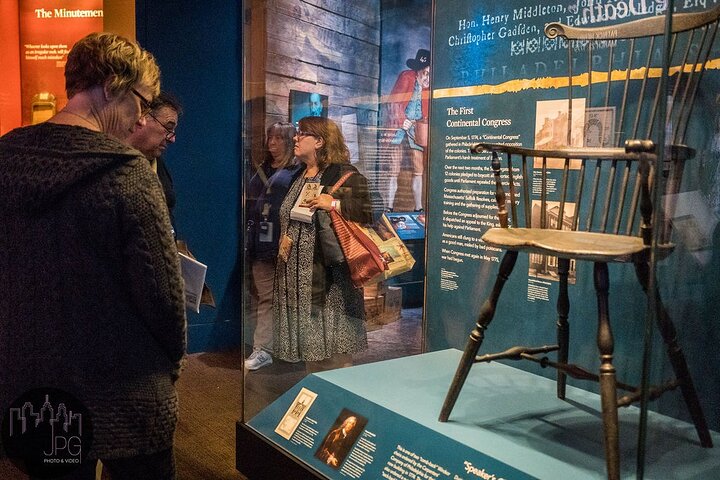
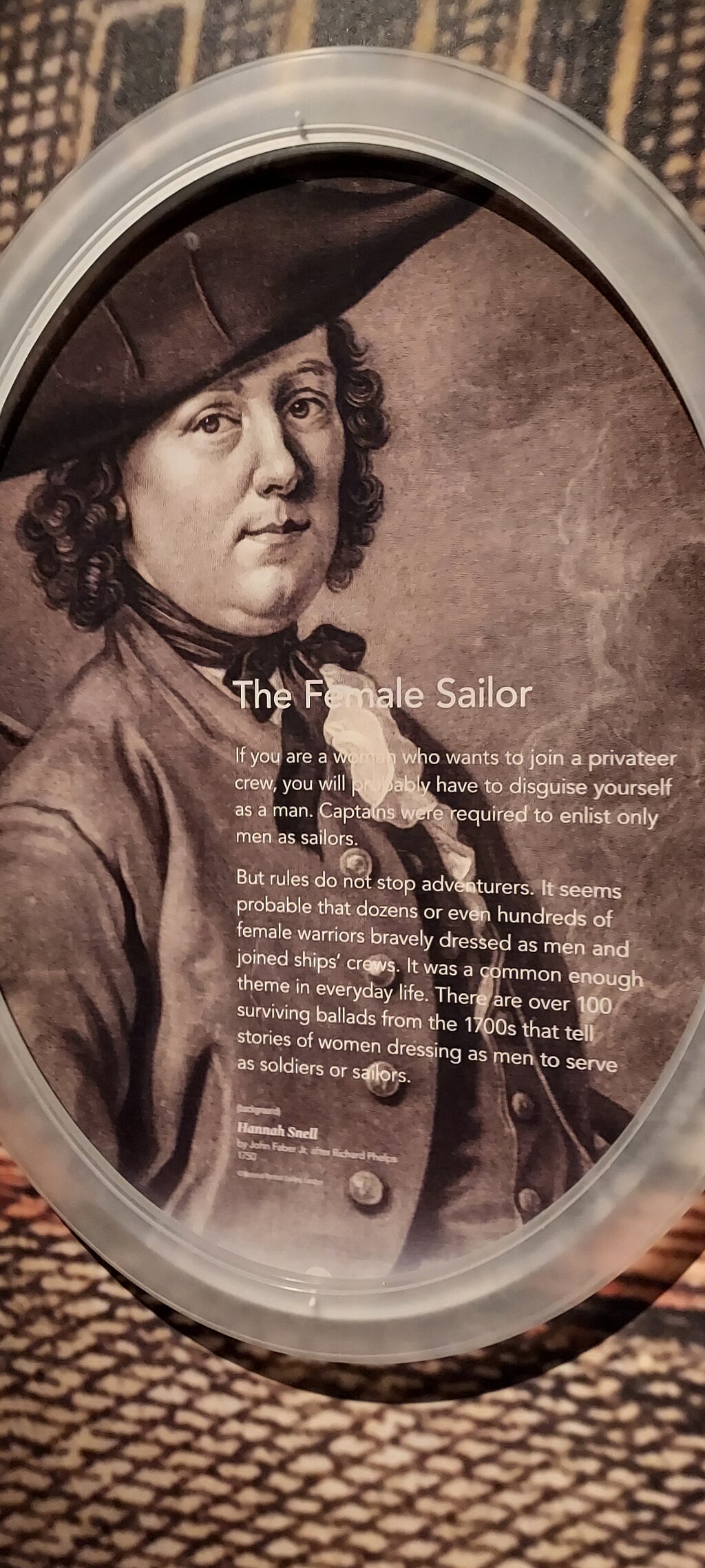
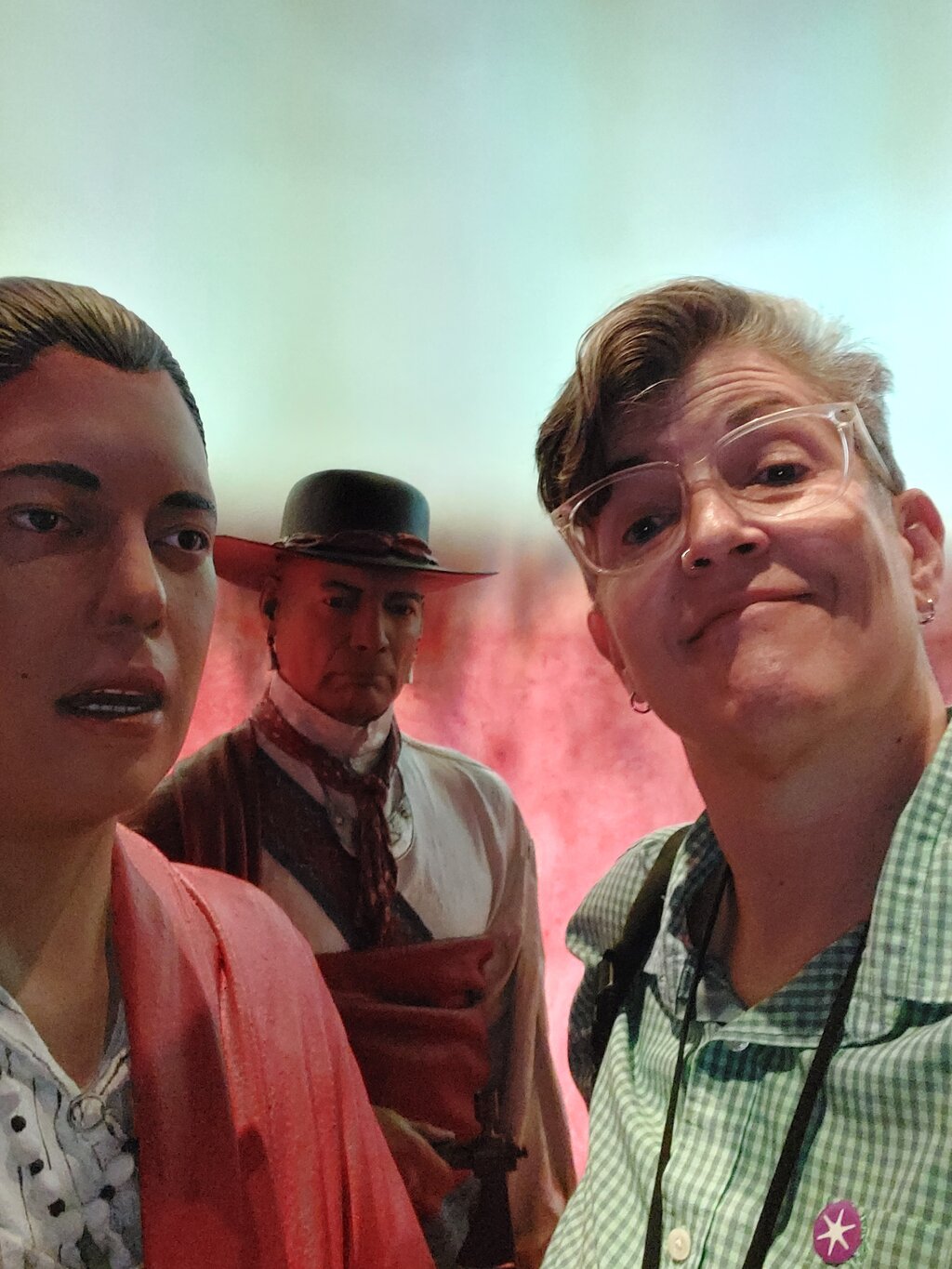
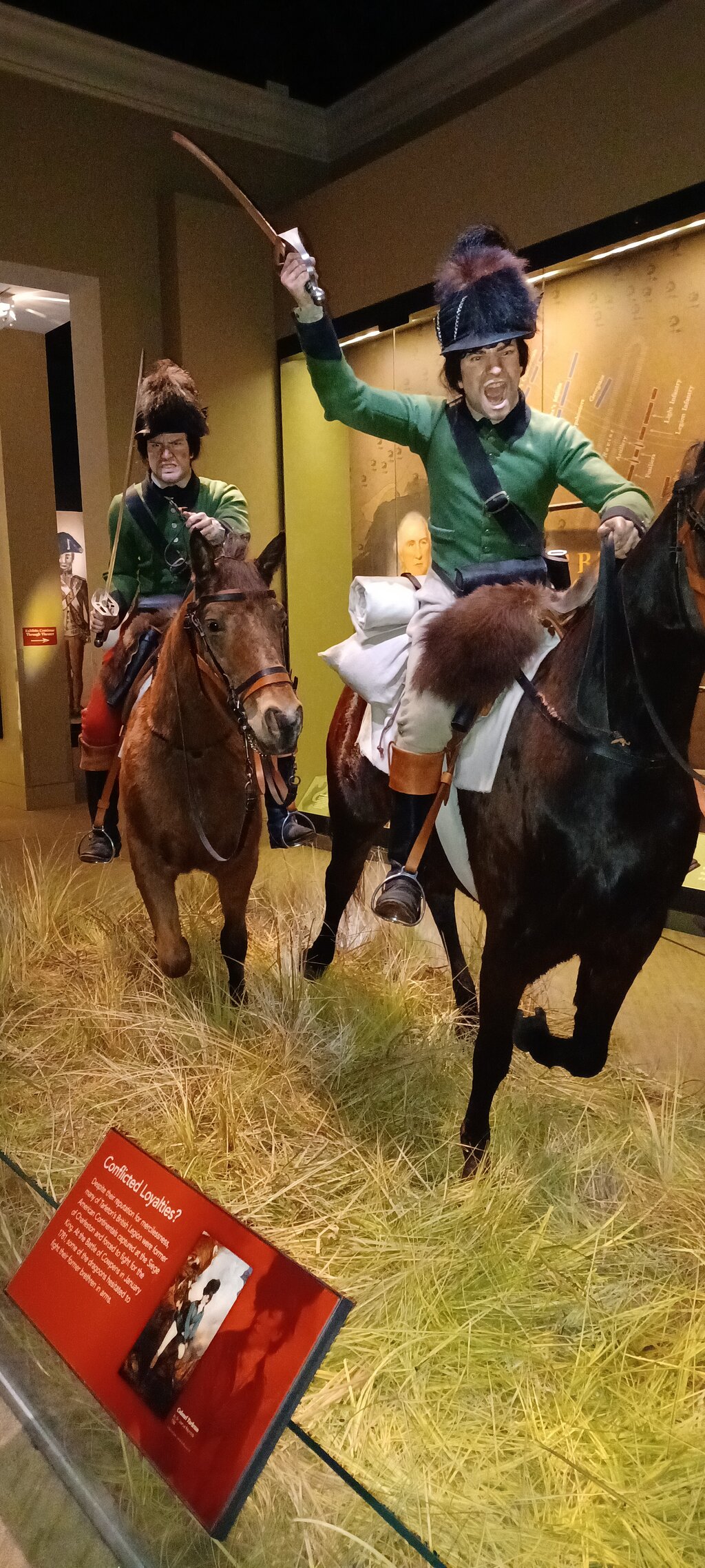


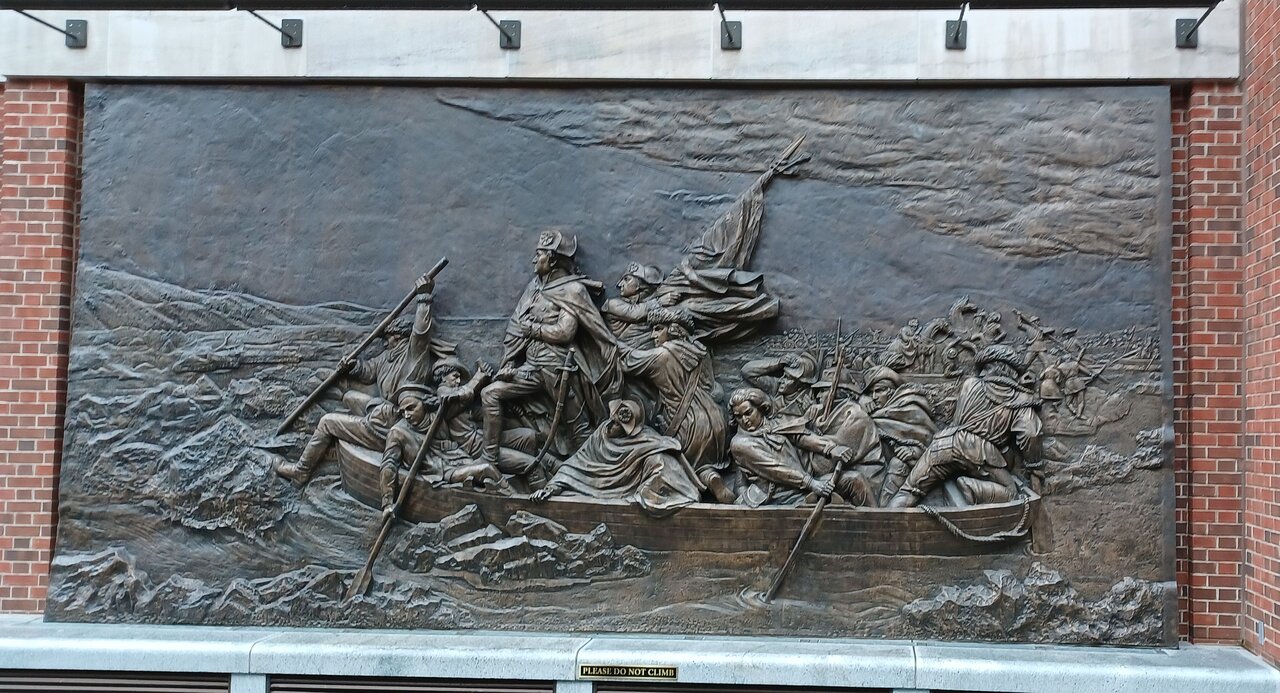
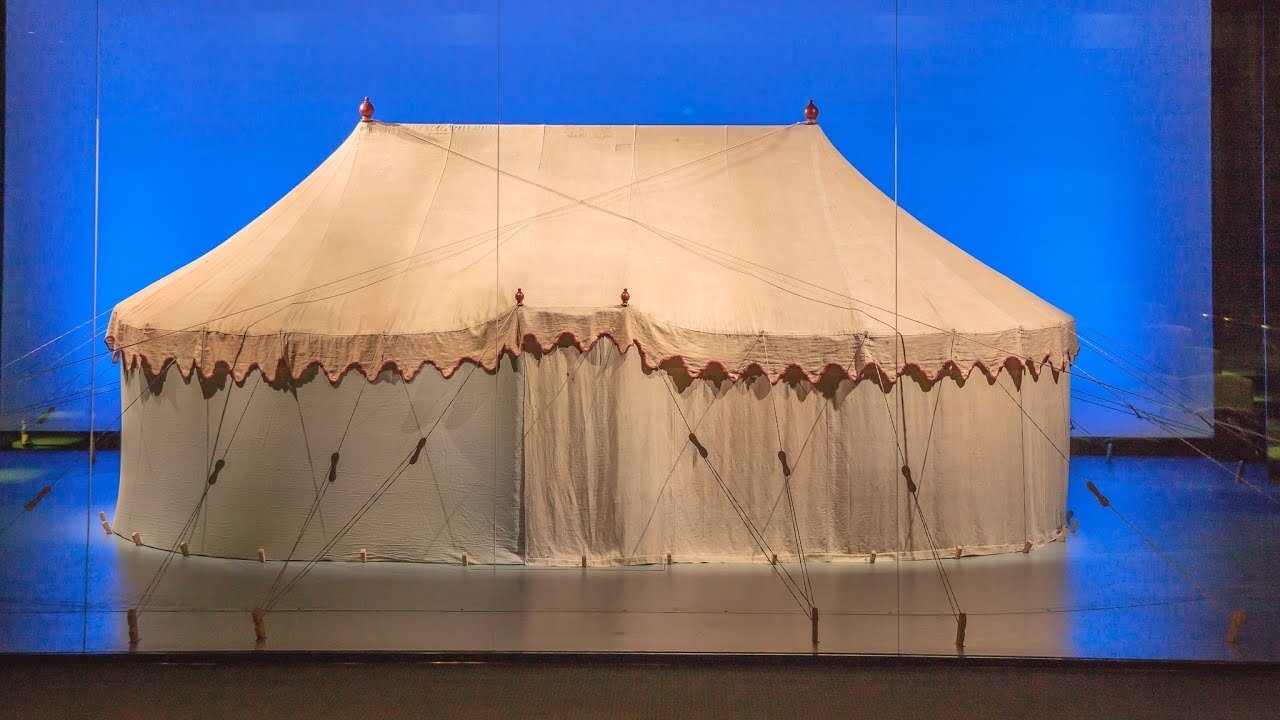
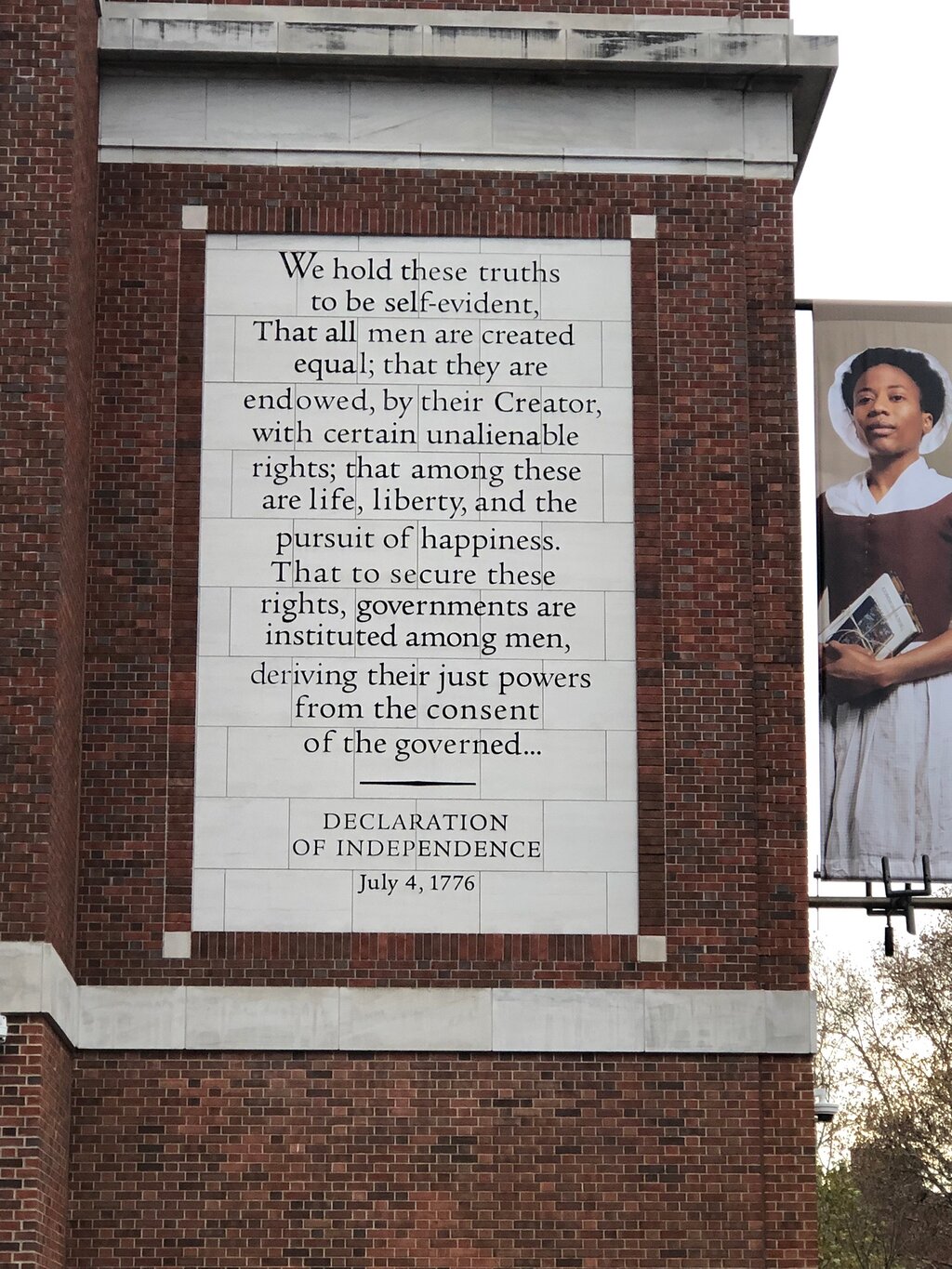
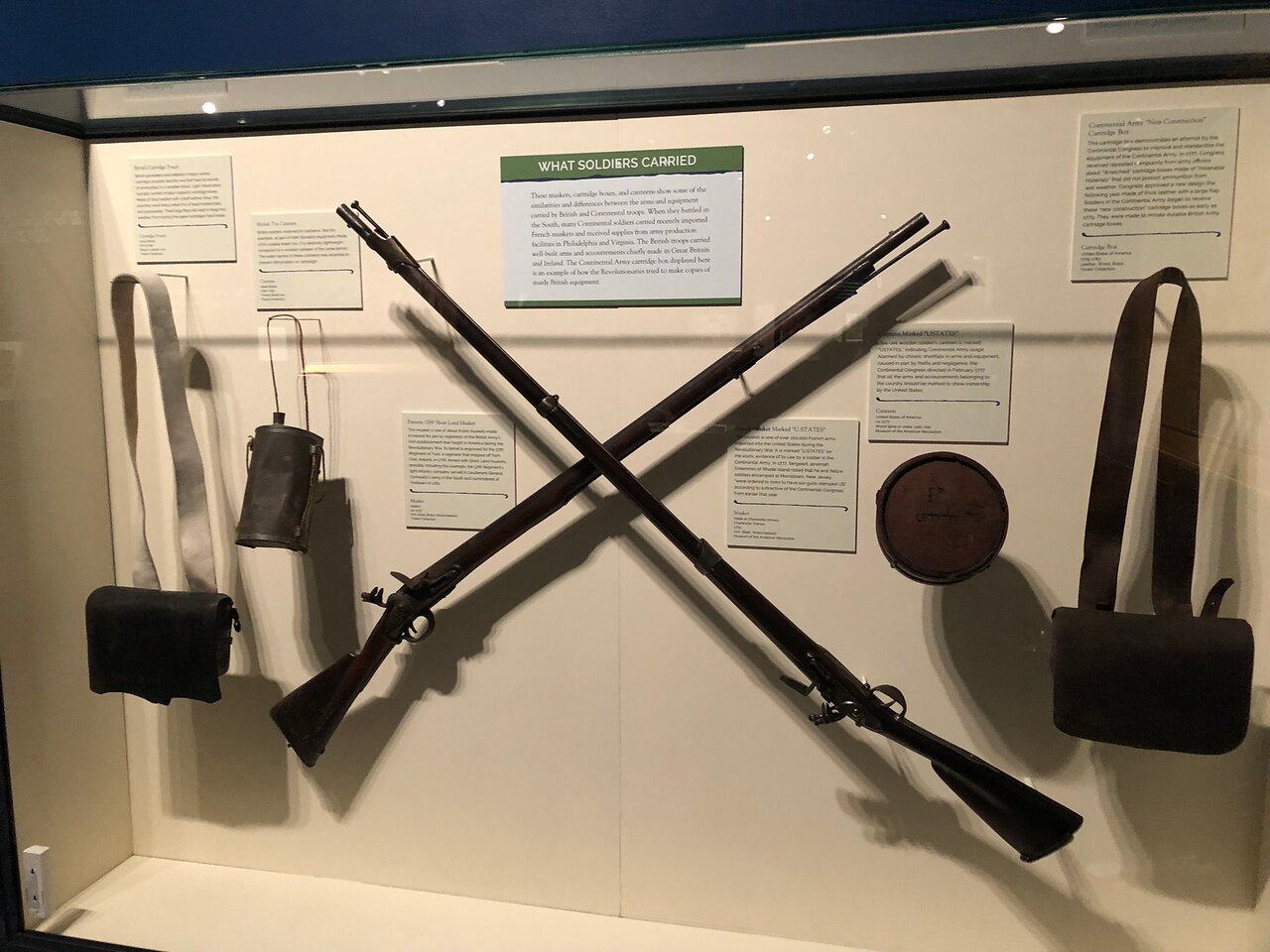
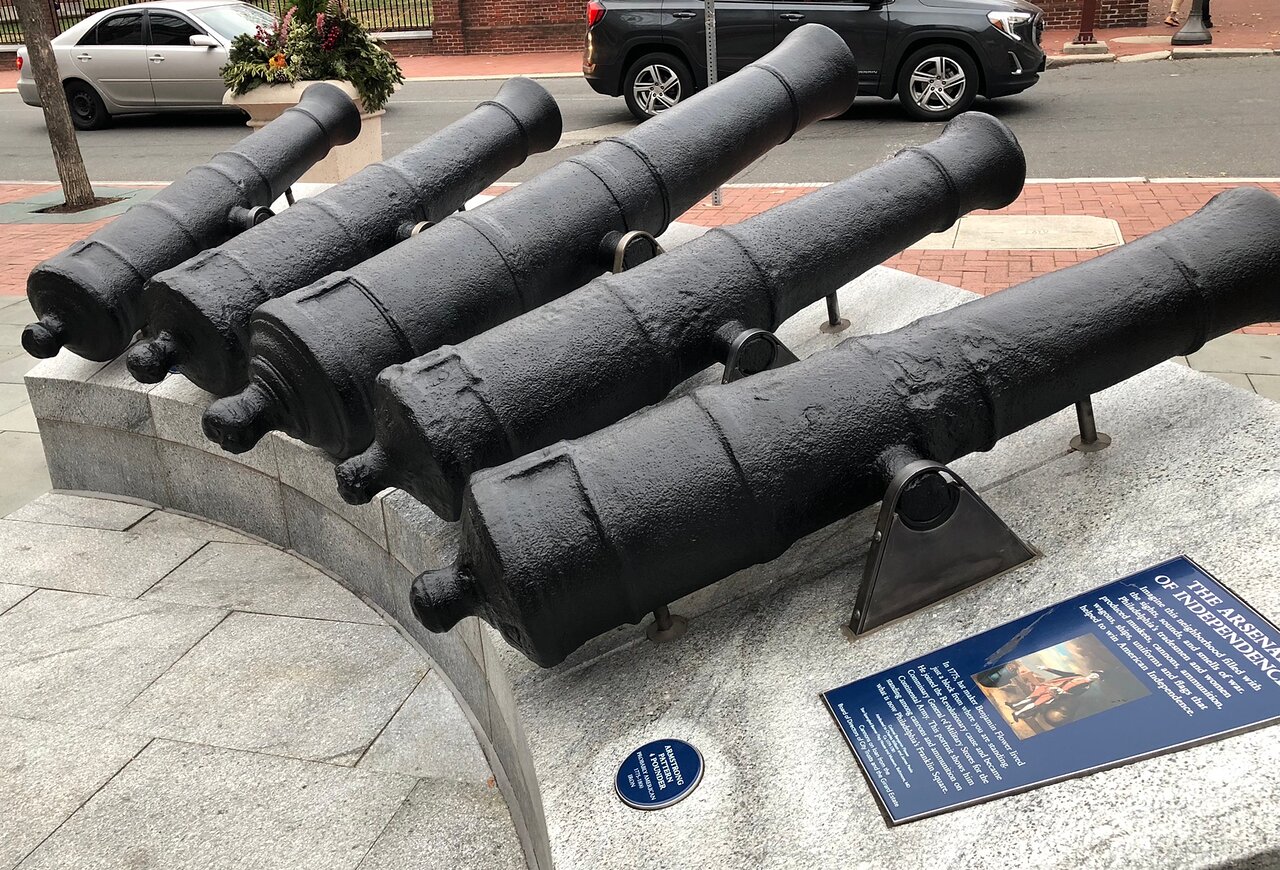



 More
More

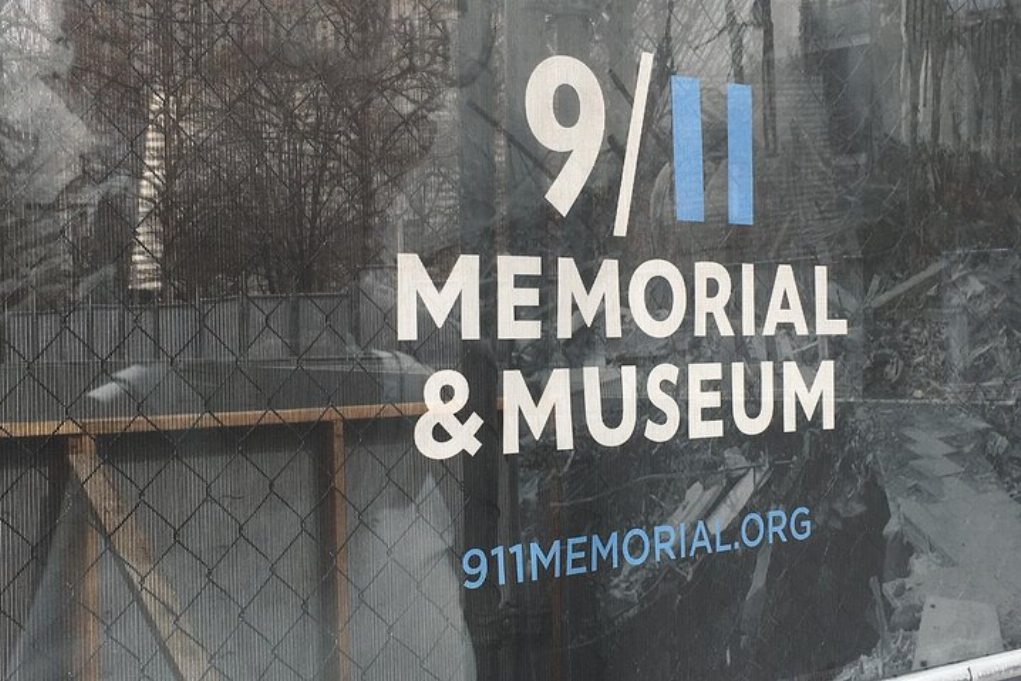
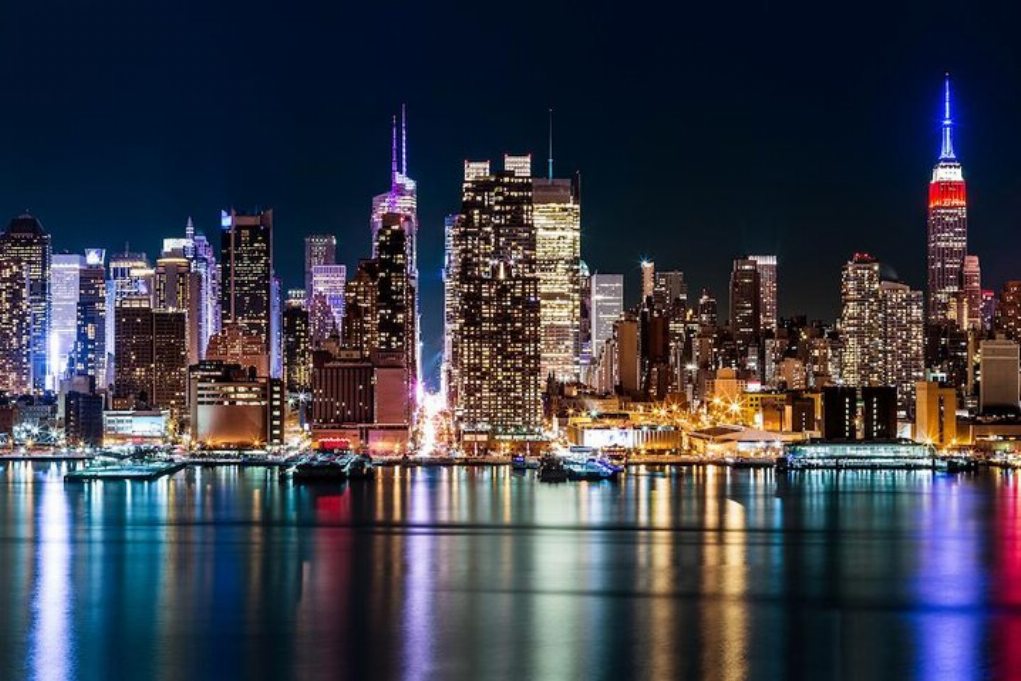
 Continue with Google
Continue with Google
 Continue with Facebook
Continue with Facebook
 Continue with Twitter
Continue with Twitter

